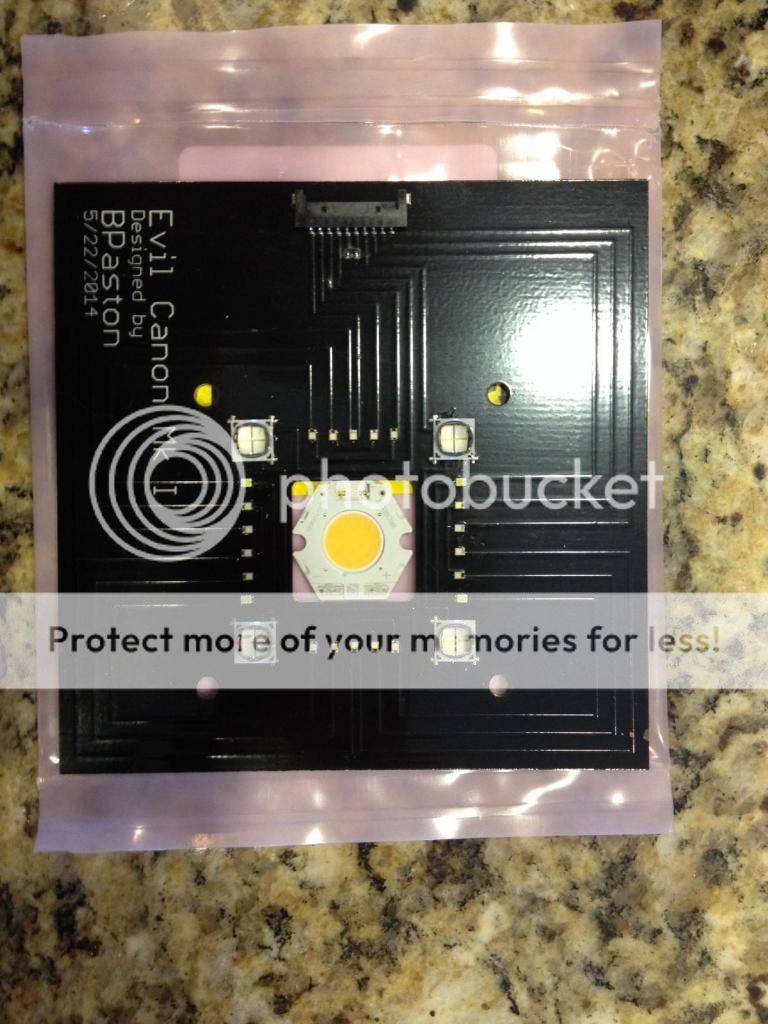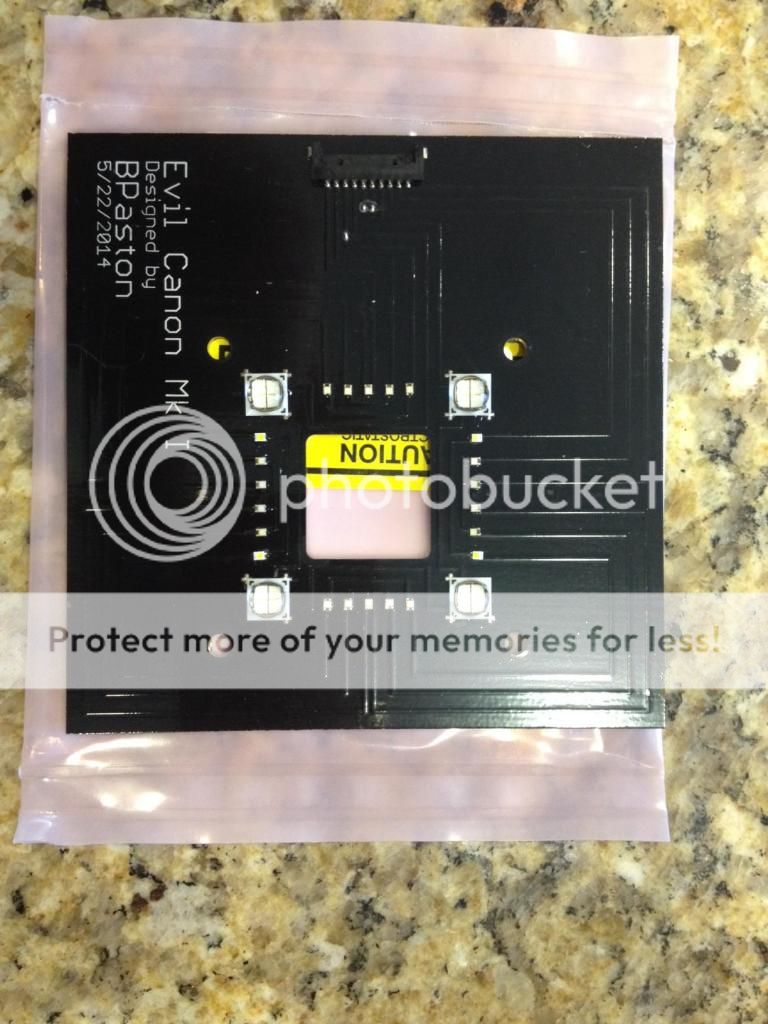I thought the vero's were actually pretty defecient in the 480 to 530nm range. Looking at the spectral graph from the 80 cri vero 10, it is under the spectral half width, and a little better on the 97 cri datasheet. Or am I not understanding the data correctly? I am pretty new to understanding all this info.
Your reading it correctly. on the 90CRI models (not published publicly) the low point of the graph at around 480nm is a bit higher relative to the other wavelengths. just under 30% relative to the other wavelenths in the chip. It is still low but much better covered than most LED chip data sheets I've seen.
Adding blue is going to be good but adding too much cyan or lime will over power the red in the chip.
there is a lot of balancing that has to take place you can either start cool and add red to warm up or start warm and add greens to cool the light. both methods achieve the same effect overall.
I was merely suggesting that the vero already covers the green/cyan/lime range very well and adding more may over power the red present and make things look weird.
Additional 480nm is still a good supplement choice.
the green/cyan/lime to red ratio is the tricky part.
this is why I suggested the decor versions might work better on your array, but you will have to play with it to find out. fortuately the veros are cheap and you don't need many.
I like the graph on the 5000k 90 CRI because it looks much like that of natural sunlight a few meters below the water, aside from the large royal blue spike and lack of 480.
you just need to fire it up and play around a bit. tinkering is half the fun anyway. right

I keep several montipora that need that red spike to look a nice bright pink/red color otherwise they tend to look more blue purple, so for me I favor some additional red in the spectrum for that purpose.


